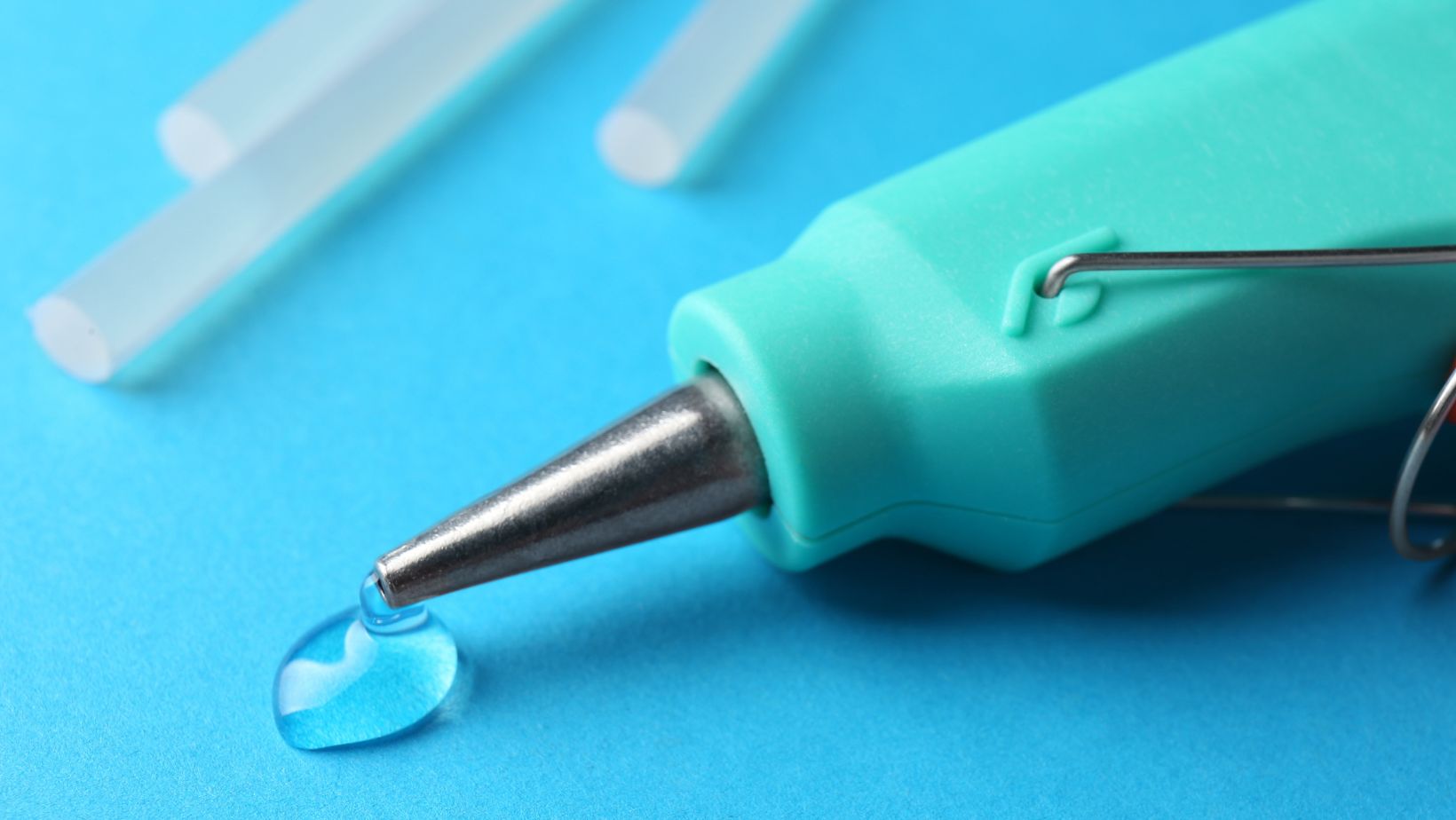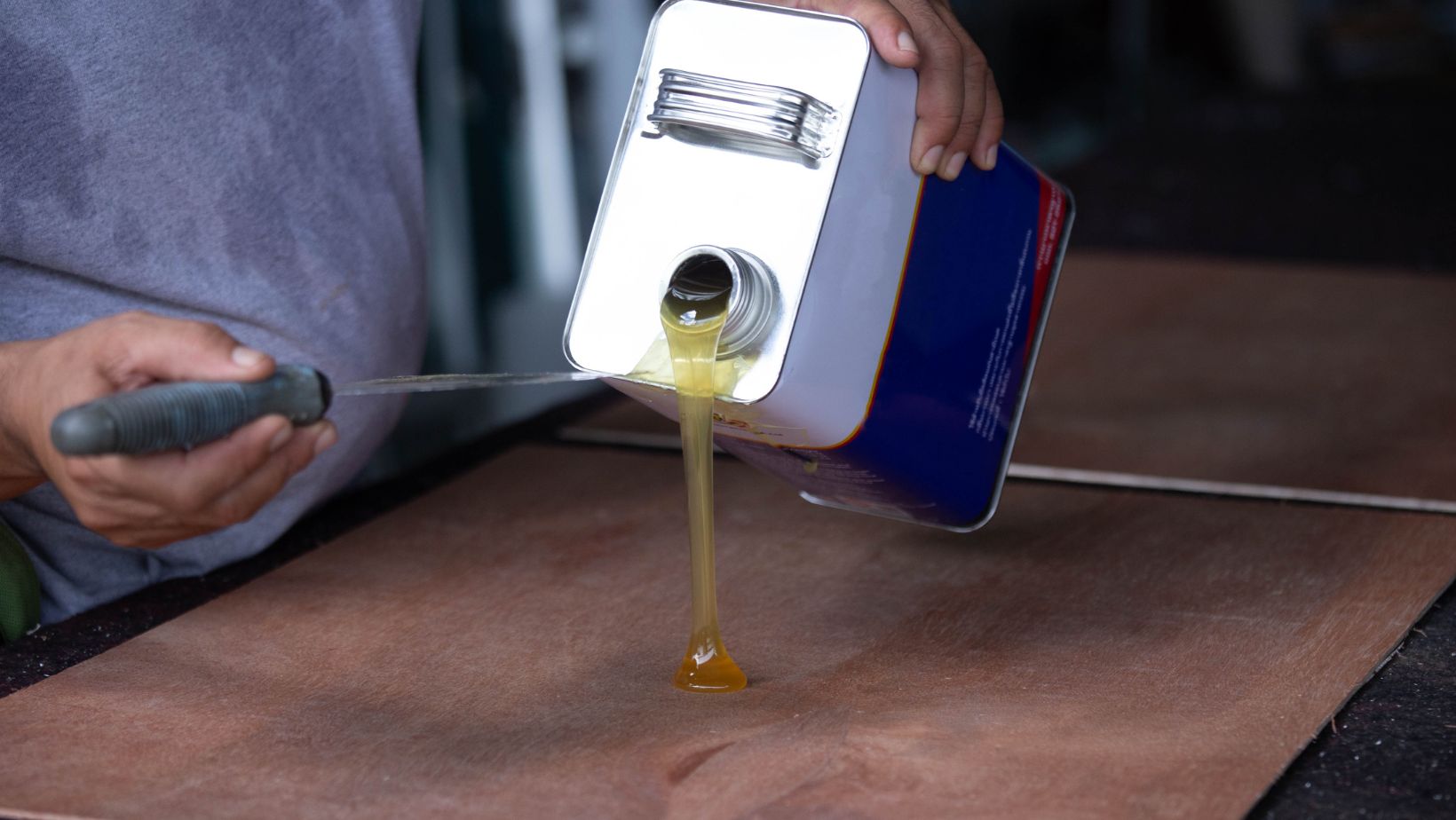From securing your favorite consumer products to enabling high-speed industrial manufacturing, hot melt adhesives play a crucial role in today’s packaging landscape. These versatile bonding agents represent the intersection of innovative chemistry and practical engineering, delivering solutions for both everyday products and specialized industrial applications. Let’s explore the technology and benefits that make these adhesives indispensable in modern manufacturing.
Think of these bonding materials as the secret sauce in today’s packaging world. They’re not just any ordinary glue – they’re sophisticated materials that combine clever chemistry with practical application methods. Hot melt adhesives continue to grow in importance and adoption across modern manufacturing sectors.
Understanding Hot Melt Adhesives
Hot melt adhesives are thermoplastic materials that transform from a solid to a liquid state when heated, creating strong bonds upon cooling. Among the various adhesives used in packaging today, they stand out for their versatility and efficiency. For manufacturers, this technology offers rapid set times and excellent adhesion across diverse substrate materials. For consumers, these adhesives ensure product integrity, freshness, and tamper-evidence in everyday items.
The formulation comprises three essential components:
- Base polymers: Provide structural integrity and bond strength
- Tackifiers: Enhance adhesion properties
- Waxes: Control viscosity and setting characteristics
This engineered combination allows for customized solutions ranging from food-safe packaging to heavy-duty industrial applications. Modern formulations can achieve specific performance characteristics like moisture resistance, UV stability, and controlled peel strength, making them suitable for both consumer goods and specialized industrial needs.
Safety Considerations And Handling
When it comes to working with hot melt adhesives, safety isn’t just a box to tick – it’s absolutely crucial. Think of it like handling a hot pan in the kitchen – you need the right protection and know-how. OSHA guidelines make it crystal clear that proper protective gear is non-negotiable. Thankfully, following proper safety protocols significantly reduces workplace incidents.
Professional operators must utilize the following:

- Heat-resistant gloves
- Appropriate eye protection
- Temperature monitoring systems
- Proper ventilation
These requirements align with OSHA guidelines and industry best practices, ensuring both operator safety and optimal adhesive performance.
Modern Applications And Innovations
The world of industrial adhesives keeps evolving at an impressive pace. These materials are now starring in sustainable packaging solutions, with earth-friendly versions gaining more popularity. Industry leaders are also developing specialized formulations for challenging applications like cold-temperature storage and high-speed production lines.
Modern systems have become highly efficient in material usage, minimizing waste significantly. The really cool part? New smart systems can actually adjust themselves automatically, kind of like your smartphone adapting to your usage patterns, ensuring perfect bonds while saving energy and materials. Advanced sensors and real-time monitoring capabilities allow for precise control over application parameters, reducing defects and optimizing adhesive consumption.
Ideal Practices For Implementation
Successful implementation requires:
- Regular equipment maintenance
- Consistent bond strength testing
- Environmental condition monitoring
- Quality control protocols
- Operator training programs
- Real-time performance tracking
- Preventive maintenance schedules
- Documentation of process parameters
These practices ensure reliable performance across all applications, from retail packaging to specialized industrial bonding. Additionally, implementing automated monitoring systems and establishing clear standard operating procedures (SOPs) helps maintain consistency and reduce downtime. The regular team reviews, and continuous improvement initiatives further optimize the adhesive application process and overall production efficiency.
Looking ahead, the future of these bonding solutions is getting greener by the day. Manufacturers are developing new formulas that pack the same punch as traditional options but with a much lighter environmental footprint. These new developments are like having your cake and eating it, too – maintaining stellar performance while being kinder to our planet.
Advanced bio-based materials and recycling-friendly formulations are leading the charge, showing promising results in reducing environmental impact. According to the Bio-based Industries Joint Undertaking (BBI JU), the European bio-based industry has demonstrated significant growth, with investments in bio-based adhesives and other sustainable materials reaching €1.5 billion in recent years. It’s a win-win that shows how industrial needs and environmental responsibility can work together beautifully.
























